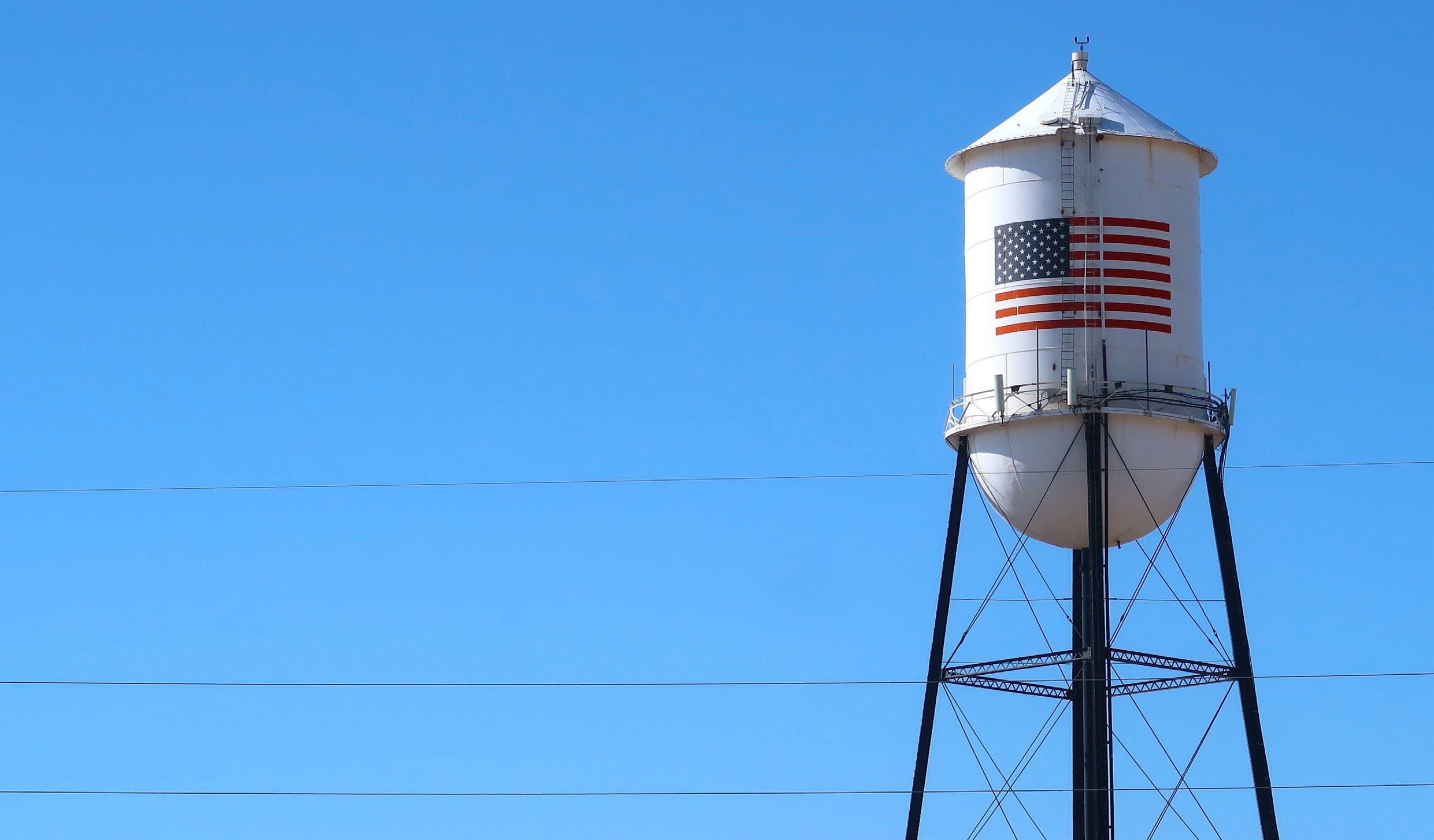
3 minute read
Lead Water Pipes in the US: Solving the Problem

Written By | MARTYN SHUTTLEWORTH
Advertisement
In the public perception, the US water industry has not always fared well in recent years. Flint, Jackson, and other scandals dominated headlines, causing a spate of health problems, lawsuits, and even Hollywood blockbusters. Water quality is crucial and Americans want to know their drinking water is free from contaminants.
In the US, one pressing water quality issue is lead pipelines that potentially leach the toxic metal into drinking water. Especially in the young, exposure to lead can damage the nervous system and cause developmental problems. Understanding the severity of this insidious pollutant, the authorities are finally taking action.
The Importance of Chemistry
Until 1986, the US water system often used lead pipes because they are easy to fit and resistant to pinhole leaks, while many brass fittings used in plumbing contained lead solder. The scale of the problem means an estimated 10 million customers using lead service lines, including 400,000 schools and childcare centres.
Lead pipes usually develop a protective mineral plaque on the inside wall, forming a barrier that reduces contact between lead and water. Unfortunately, any changes to water chemistry can corrode these plaques and expose bare metal. For example, in 2002, Washington D.C. stopped using chlorine to treat drinking water and switched to chloramine. This chemical is considered safer, but it corroded the plaques and lead entered the drinking water supply.
In the same way, during the notorious Flint incident, the city did not chemically analyse its new water source and lead leached into water supplies. The incident affected thousands of homes and caused numerous health problems. In response, the US government is strengthening the role of the EPA and assigning billions of dollars to replacing lead pipelines.
New Legislation and the EPA
The Environmental Protection Agency (EPA) is guided by regulations including the Safe Drinking Water Act, which includes provisions for reducing lead. In 2018, the EPA declared drinking water a priority for 20202023 cycle and this will continue with the National
Enforcement and Compliance Initiative (NECI) for 2024-2027.
Lead is a major part of these cycles and the EPA will aggressively enforce standards and pursue violations. The EPA has increased the number of SDWA inspectors and even issued eleven emergency orders last year under Section 1431 of the SDWA, using federal powers that require immediate action.
Another piece of legislation, the Lead and Copper Rule (LCR), sets the permitted levels of lead in drinking water and recommends actions. The EPA issued revisions in 2021 and later amended these to better protect communities. The improvements cover lead service line replacement and tap water sampling, and ensure that water providers submit lead pipe inventories by October 2024. Alongside these improved regulations, the US is focusing on pipe replacement.
Replacing Lead Pipes
In 2021, the US government announced a $15 billion plan to replace all the country’s lead pipes over the next ten years. The plan influenced the EPA’s focus on lead piping and assigned grants to state and local governments to replace lead pipes and create lead service line inventories. Naturally, there are a number of issues to overcome. Most lead pipes were laid down years ago with few records or maps, making it difficult to identify pipes without extensive testing and inspection at the point of use.

Technology and Outreach
A number of technologies and outreach initiatives will help communities understand the importance of replacing lead piping and implement programs. For example, the EPA is helping water providers digitise records, locate lead service lines, and create accessible tools. They also encourage technologies such groundpenetrating radar, field hardware/software, GIS, data collection, predictive modelling, and even machine learning to highlight locations served by lead pipes.
In addition, cutting and replacing pipes can actually release lead into the system, elevating levels for up to six months even if they are flushed afterwards. Unfortunately, many utilities cut service lines where they cross to private ownership unless customers contribute to the costs, a practice criticised by the American Water Works Association

In Toledo, a $200,000 EPA grant will help the city use machine learning technology to analyse historical data to target replacements and determine where people need filtration. Community action is also important and the EPA’s Lead Service Line Accelerators Initiative will help underserved communities in some states access safe water. Programs will guide communities through the entire process of replacing lead service lines and gaining access to funding.
In a similar way, the Environmental Policy Information Center (EPIC) is building networks of technology providers and resources. These will help communities identify and replace lead pipes, working with partners to digitise paper records and improve the data. Other support includes asset management, mapping, field tools, and predictive modelling.
A Lead-Free Future?
In 1974, the US Safe Drinking Water Act promised everyone access to clean drinking water. Lead in water is a huge threat to health, so enhanced regulations, pipe replacement, and new technologies could improve water quality for millions of Americans. Just as importantly, finally tackling lead piping could rebuild trust, especially among low income consumers and other communities










